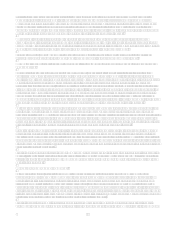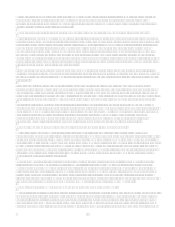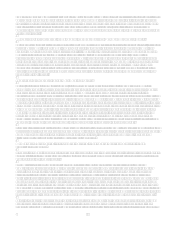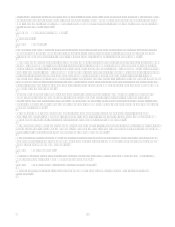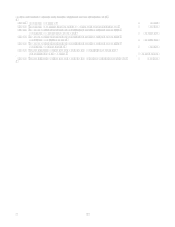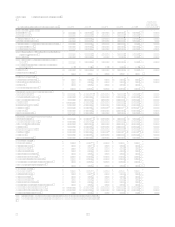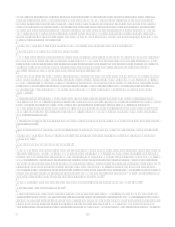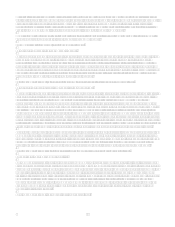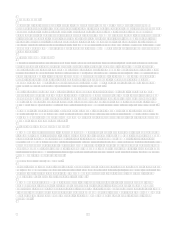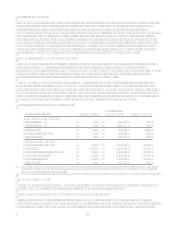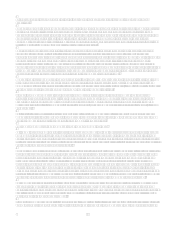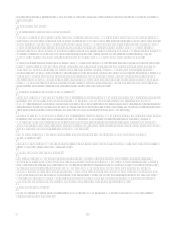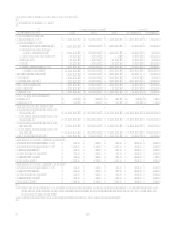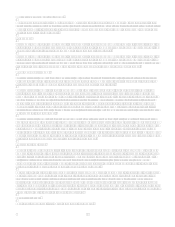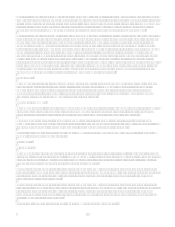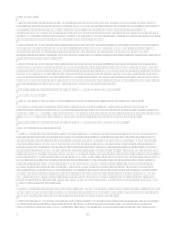Capital One 2006 Annual Report Download - page 48
Download and view the complete annual report
Please find page 48 of the 2006 Capital One annual report below. You can navigate through the pages in the report by either clicking on the pages listed below, or by using the keyword search tool below to find specific information within the annual report. 30
Treatment of Derivative Instruments and Hedging Activities
The Company utilizes certain derivative instruments to minimize significant unplanned fluctuations in earnings caused by
interest rate and foreign exchange rate volatility. The Companys goal is to manage sensitivity to changes in rates by
modifying the repricing or maturity characteristics of certain balance sheet assets and liabilities, thereby limiting the impact
on earnings. By using derivative instruments, the Company is exposed to credit and market risk. The Company manages the
market risk associated with interest rate and foreign exchange contracts by establishing and monitoring limits as to the types
and degree of risk that may be undertaken in conjunction with the risks which are being hedged. The Company manages
credit risk through strict counterparty credit risk limits and/or collateralization agreements.
At inception, the Company determines if a derivative instrument meets the criteria for hedge accounting under SFAS
No. 133. Ongoing effectiveness evaluations are made for instruments that are designated and qualify as hedges. If the
derivative is free standing, no assessment of effectiveness is needed by management.
Accounting for Income Taxes
The Company accounts for income taxes in accordance with SFAS No. 109, Accounting for Income Taxes, recognizing the
current and deferred tax consequences of all transactions that have been recognized in the financial statements using the
provisions of the enacted tax laws. Deferred tax assets and liabilities are determined based on differences between the
financial reporting and tax bases of assets and liabilities and are measured using the enacted tax rates and laws that will be in
effect when the differences are expected to reverse. Valuation allowances are recorded to reduce deferred tax assets to an
amount that is more likely than not to be realized.
The calculation of the Companys income tax provision is complex and requires the use of estimates and judgments. When
analyzing business strategies, the Company considers the tax laws and regulations that apply to the specific facts and
circumstances for any transaction under evaluation. This analysis includes the amount and timing of the realization of income
tax provisions or benefits. Management closely monitors tax developments in order to evaluate the effect they may have on
its overall tax position and the estimates and judgments utilized in determining the income tax provision and records
adjustments as necessary.
The Company records valuation allowances to reduce deferred tax assets to the amount that is more likely than not to be
realized. In making this assessment, management analyzes future taxable income, reversing temporary differences and
ongoing tax planning strategies. Should a change in circumstances lead to a change in judgment about the realizability of
deferred tax assets in future years, the Company would adjust related valuation allowances in the period that the change in
circumstances occurs, along with a corresponding increase or charge to income.
For the year ended December 31, 2006, the provision for income taxes was $1.2 billion, and as of December 31, 2006, the
valuation allowance was $15.5 million.
III. Off-Balance Sheet Arrangements
Off-Balance Sheet Securitizations
The Company actively engages in off-balance sheet securitization transactions of loans for funding purposes. The Company
receives the proceeds from third party investors for securities issued from the Companys securitization vehicles which are
collateralized by transferred receivables from the Companys portfolio. Securities outstanding totaling $49.0 billion as of
December 31, 2006, represent undivided interests in the pools of consumer loan receivables that are sold in underwritten
offerings or in private placement transactions.
The securitization of consumer loans has been a significant source of liquidity for the Company. Maturity terms of the
existing securitizations vary from 2007 to 2025 and, for revolving securitizations, have accumulation periods during which
principal payments are aggregated to make payments to investors. As payments on the loans are accumulated and are no
longer reinvested in new loans, the Companys funding requirements for such new loans increase accordingly. The Company
believes that it has the ability to continue to utilize off-balance sheet securitization arrangements as a source of liquidity;
however, a significant reduction or termination of the Companys off-balance sheet securitizations could require the
Company to draw down existing liquidity and/or to obtain additional funding through the issuance of secured borrowings or
unsecured debt, the raising of additional deposits or the slowing of asset growth to offset or to satisfy liquidity needs.


